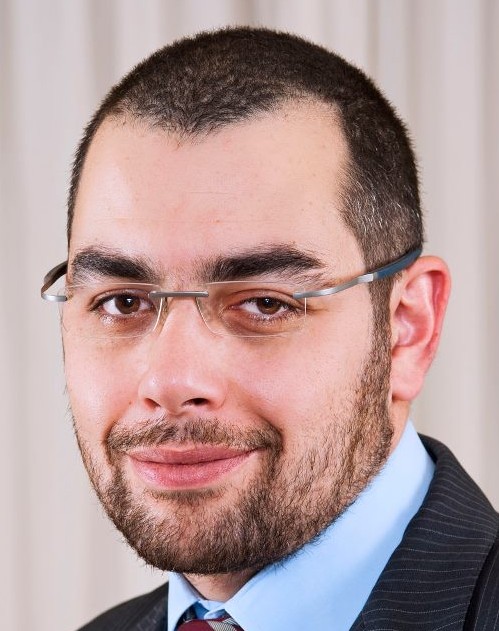As soon as I heard about the sectarian events in Abu Qirqas in Minya several events popped into my mind. I looked them up in newspaper archives and have collected them as they are presented below.
Quoted from Al-Masry Al-Youm on 6 February 2008: “Four of Al-Ahly fans are arrested and accused of burning a Zamalek fan.” Cairo Security Forces succeeded in arresting four people involved in burning Mohammed Abd Amawla, the Zamalek fan, last Saturday on Al-Ouroba Street before a football match between Al-Ahly and Zamalek in Cairo Stadium.
Quoted from Al-Watan on 24 June 2013: “Shia Hassan Shehata and three others are murdered during the events in Abu an Numros.” The prosecution’s initial examination of the murder location in Abu an Numros led by the head of South Giza Accidents Osama Hanafy and prosecutor Ahmed Hamzawy clarified that the four Egyptian Shia were dragged along the ground for two hours until they died. The police had not yet arrested anyone from the village, and the police would look into the video of the incident that was posted on the internet to identify the murderers.
Quoted from BBC Arabic on 5 April 2014: “The Egyptian army is deployed in Aswan after 23 people are murdered”. The Egyptian Armed Forces, supported by tanks, spread across several neighbourhoods in Aswan in order to prevent tribal clashes from continuing. Twenty-three Egyptians were killed in Aswan’s clashes, in addition to dozens of people injured in the city, located in southern Egypt. In the meantime, the prime minister and minister of interior arrived in Aswan to stop the bloody clashes between the Al-Helalya and Aldapodyah tribes. The clashes between the two tribes killed and injured a large number of people.
Quoted from Al-Youm Al-Sabaa on 16 March 2016: “Fight between students from two schools in Agamy.” A fight between students from Hassan Secondary School For Boys and students of Hamza Secondary School in Agamy of the educational administration of west Alexandria. The fight started because of a dispute that came from playing a football game, which led to casualties among the students. This incident took place in the absence of educational administration and the school officials. The students threw their school desks during the incident , causing the intervention of police, which arrested one student.
Previous such events show us that Egyptians are quickly susceptible to bias. We can easily be split into categories: Muslims and Christians, Al-Ahly and Zamalek, my family and your family, my tribe and your tribe. In addition to that, each category can be divided into more sub-categories. For example, we have Sunni and Shia Muslims, and different families in one town. I do not think that there is an equivalent in any other culture for the Egyptian proverb: “My brother and I against my cousin; my cousin and I against the stranger.”
The problem is not just here, but in the rapid readiness for violence in all segments of society, whether in words or actions. And if not with direct action there is passive violence such as deliberate indifference and neglect. This distinction, which has become the hallmark of Egyptians, has not left any societal or cultural or material category without violence.
Ahmed Aboul-Wafa is a specialist psychiatrist


